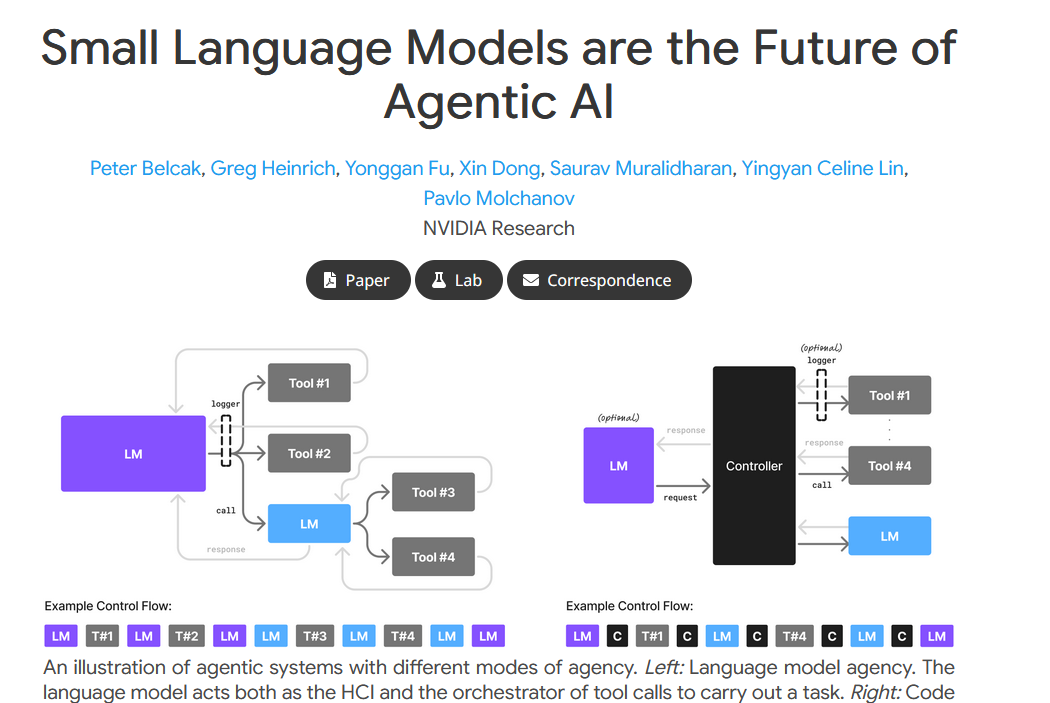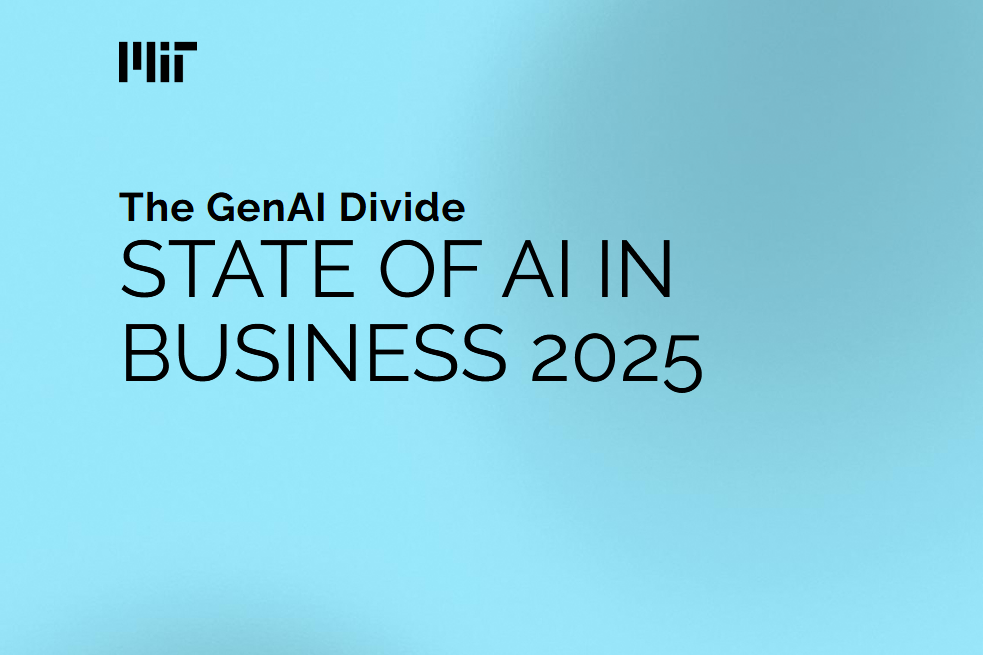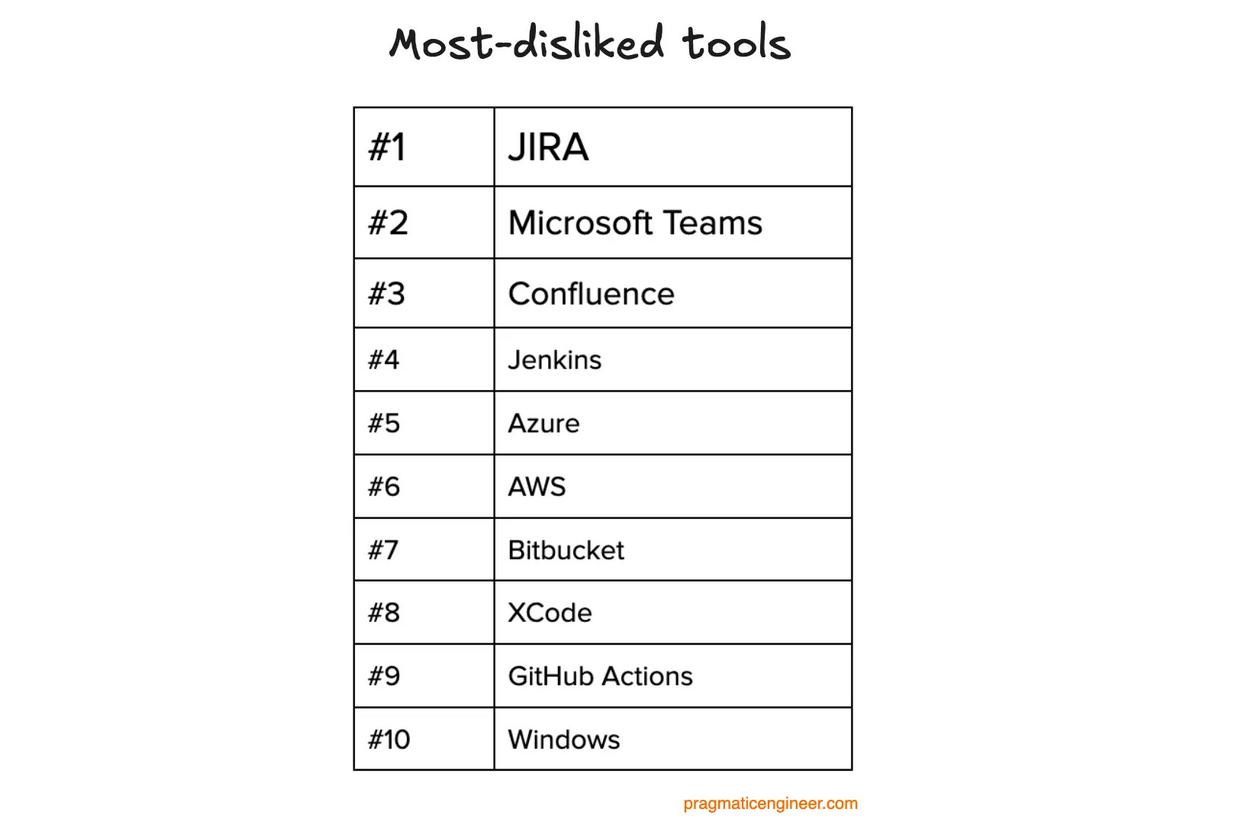Welcome to the evolving world of generative AI, where the ability to adapt powerful foundational models is revolutionizing industries and democratizing access to cutting-edge technology. In this landscape, the agility to customize these advanced models to fit specific business needs marks a significant leap from the past, when the creation and training of such models were the sole domain of specialized AI labs and industry giants.
The shift towards model adaptation brings several key advantages. It slashes development time, cuts costs significantly, and opens doors to innovation that were once closed to all but the largest players. Now, even small and medium-sized enterprises can embark on their own AI project development journies, leveraging the same advanced technology to compete in the marketplace. This wasn’t always possible, as the expertise and resources needed to train complex models from scratch were substantial barriers.
Yet, harnessing the power of LLMs goes beyond technical prowess; it’s about strategically integrating these models into your business fabric to solve real-world problems and unlock new opportunities. This journey from concept to implementation demands not just technical know-how but also a deep understanding of your business landscape and a commitment to ongoing adaptation and growth.
Our mission is to guide you through the nuanced process of generative AI project development. From scoping to selection, and from integration to iteration, we’ll provide a roadmap that demystifies each stage, ensuring you’re well-equipped for success in this AI-powered era.
Join us as we lay out the foundational steps to elevate your business with AI, crafting a future that’s not only innovative but also sustainable and aligned with your core objectives.
Defining the Scope: The Foundation of AI Success
In the crucial scoping phase, the abstract concept of an AI initiative becomes a concrete strategy. This stage is crucial; it’s where you articulate the value proposition of AI for your business, ensuring that the solutions you envision are not just technically feasible but also commercially viable and strategically sound. A comprehensive scope is the cornerstone upon which successful AI projects are built. Here’s how to effectively define the scope of your generative AI project:
- Identify and Prioritize Business Objectives: Recognize the challenges and opportunities within your business landscape that could benefit from AI solutions. Prioritize these based on the potential impact and alignment with your strategic goals.
- Detailed Use Case Development: For each prioritized objective, develop a detailed use case that encapsulates the specific AI application, from customer service enhancements to predictive analytics for operational efficiency.
- Technical and Data Readiness Assessment: Conduct an in-depth assessment of your technical infrastructure and data readiness to support the chosen AI applications, ensuring you have the necessary resources or identifying what needs to be developed.
- Stakeholder Engagement and Alignment: Engage with every stakeholder, from IT to executive leadership, to ensure there’s a shared vision and commitment to the AI project. Alignment across the board is key to smooth execution and adoption.
- Establishment of Success Metrics: Define clear metrics for success that are in sync with the business objectives and use cases. These metrics will guide the project’s evaluation and iterative improvement processes.
- Regulatory Compliance and Ethical Considerations: Ensure that your AI scope adheres to all relevant regulatory requirements and ethical standards, considering data privacy, security, and ethical AI usage.
By meticulously defining the scope of your AI project, you create a framework that guides every decision and action, from the selection of the right model to the final steps of integration and deployment. This is the blueprint from which your AI project will take shape and evolve.
Selecting the Model: Choosing the Right Foundation Model
Choosing the appropriate foundation model is a pivotal step that sets the tone for your AI project’s capabilities. The right model acts as a springboard, accelerating development and enhancing the final application’s performance. When selecting a model, consider the following:
- Alignment with Business Objectives: Ensure the model aligns with the defined scope and can effectively address the identified business objectives and use cases.
- Performance Track Record: Look for models with a proven track record of performance in tasks similar to those you aim to tackle. Review case studies, benchmarks, and testimonials to gauge effectiveness.
- Integration Compatibility: Assess how well the model can integrate with your existing systems and workflows. Compatibility can drastically reduce implementation complexities.
- Support and Community: Consider the level of support provided by the model’s developers and the activity of the community around it. A strong community can be a valuable resource for troubleshooting and best practices.
- Scalability and Maintenance: Evaluate the model’s ability to scale with your business needs and the ease with which it can be updated or maintained.
- Cost Considerations: Analyze the cost implications of using the model, including licensing fees, computational resource requirements, and potential scalability costs.
By carefully selecting a foundation model that meets these criteria, you’re ensuring a smoother development process and a more robust AI solution tailored to your business’s unique demands.
Adapting vs. Building: The Strategic Edge in AI Project Development
In a business world increasingly influenced by AI, understanding the strategic edge that comes with adapting existing foundational models over building new ones from scratch is essential. This section explores the why and how of leveraging pre-trained models for enterprise use.
- The Why: Benefits of Adapting Foundational Models
- Cost Efficiency: Adapting a model sidesteps the substantial financial investment required to train one from the ground up.
- Time Savings: Projects that might have taken years can now be accelerated, with foundational models providing a head start.
- Resource Allocation: Reducing the need for extensive data science teams allows companies to allocate human resources more strategically.
- Access to Expertise: Pre-trained models encapsulate the knowledge and expertise of the best in the field, making this excellence accessible to all.
- Risk Mitigation: The uncertainty involved in training new models is considerably reduced, as foundational models have established benchmarks.
- The How: Making Foundational Models Work for You
- Identification: Assess the needs of your business and identify which aspects can be augmented by AI.
- Selection: Choose a foundational model that best aligns with your business goals and the problems you aim to solve.
- Adaptation: Customize the selected model using techniques like fine-tuning or prompt engineering to reflect your unique operational context.
- Integration: Seamlessly integrate the adapted model into your business processes, ensuring it complements rather than complicates workflows.
- Evaluation: Continuously evaluate the model’s performance against your business objectives, refining it to optimize results.
Adapt and Align: Iterative Model Optimization
The journey of adapting and aligning your selected model to perfectly suit your business needs is iterative and nuanced. It involves a series of strategic steps that progressively enhance the model’s performance and alignment with your objectives:
- Prompt Engineering and Tuning: Develop and refine the prompts or inputs that guide the AI model’s outputs, ensuring that the responses are as relevant and accurate as possible.
- Model Fine-Tuning: Adjust the model’s parameters with additional domain-specific data, optimizing its responses to align with the nuances of your particular use case.
- Incorporating Human Feedback: Employ a feedback loop where human judgment plays a critical role in assessing the model’s outputs and guiding its learning process.
- Behavioral Alignment: Through this iterative process, ensure that the model not only understands the tasks but also behaves in a way that’s consistent with your company’s values and expectations.
- Quality Assurance and Risk Mitigation: Continuously evaluate the model to maintain high-quality outputs and mitigate any potential risks associated with its responses.
By methodically adapting and aligning your AI model, you cultivate a sophisticated tool that is not just technically sound but also a true extension of your business strategy.
In the next section, we’ll take an in-depth look at how to integrate this finely tuned AI model into your business applications, enhancing functionality and driving innovation.
Application Integration: Bringing AI to Life’ Section
Integrating the AI model into your business ecosystem marks a significant milestone where theory meets practice. This stage is where the rubber meets the road, and your AI initiatives start delivering tangible business value.
- Optimizing and Deploying the Model for Inference:
- Optimization for Operational Efficiency: Fine-tune the model to ensure it operates with the required efficiency and speed within your existing systems.
- Deployment Strategy: Choose between cloud, on-premises, or hybrid deployment models based on factors like cost, scalability, and security.
- Inference Testing: Rigorously test the model in controlled environments to ensure accurate and reliable performance under real-world conditions.
- Augmenting the Model and Building LLM-Powered Applications:
- Application Enhancement: Integrate the AI model into existing applications to enhance their capabilities, creating more value for users and stakeholders.
- Innovation of New Solutions: Use the AI model to develop innovative solutions that can open up new markets or improve competitive positioning.
- User-Centric Design: Focus on user experience (UX) when building interfaces that interact with the AI model, ensuring intuitiveness and ease of use.
- Ensuring Continual Relevance and Responsiveness: – After deployment, it’s crucial to monitor the model continuously for any deviations in performance or changes in user interaction patterns. – Establish mechanisms for regular updates and refinements, keeping the AI model and its applications at peak performance and relevance.
By thoughtfully integrating AI into your business, you ensure that your investments in AI drive innovation, efficiency, and a sustainable competitive edge.
In the concluding section, we’ll reflect on the importance of ongoing monitoring and maintenance to safeguard and enhance the long-term value of your AI implementations.
Monitoring and Maintenance: Ensuring Long-Term AI Efficacy’ Section
The post-deployment life of your AI application is not a static one. It demands vigilance and proactive management to ensure that the model continues to perform at its best and adapt to new challenges and data.
- Ongoing Monitoring:
- Set up systems to monitor the model’s performance in real-time, tracking metrics that reflect its accuracy, speed, and user satisfaction.
- Use automated alerts to flag issues that need immediate attention, ensuring swift responses to any performance dips or anomalies.
- Continuous Maintenance and Updates:
- Schedule regular maintenance to fine-tune the model and update it with new data, which is essential to staying relevant as market conditions and business goals evolve.
- Plan for periodic reviews of the AI application’s underlying algorithms to incorporate advancements in AI and machine learning.
- Quality Control and Improvement:
- Implement quality control measures that consistently evaluate the AI application against set benchmarks, ensuring it meets the high standards your business requires.
- Foster a culture of continuous improvement, where feedback from users and stakeholders is used to enhance the AI application iteratively.
- Ethical Oversight and Compliance:
- Maintain a rigorous ethical oversight process to ensure the AI application remains compliant with both existing and emerging regulations and ethical guidelines.
- Regularly review and update your AI governance policies to reflect best practices in responsible AI usage.
By embracing a mindset of continuous monitoring and maintenance, you can sustain the efficacy and relevance of your AI applications, ensuring they continue to add value and drive innovation within your business for years to come.
In the conclusion, we’ll recap the journey of developing a generative AI project and highlight the importance of each phase in achieving a successful implementation.
Wrapping Up
As we reach the conclusion of our guide, we reflect on the intricate tapestry woven from the various phases of a generative AI project. The journey from the spark of an idea to a living, breathing AI application is both complex and rewarding, demanding not only technical skill but also strategic foresight and a commitment to continuous evolution.
Recap of the Key Phases:
- Scoping: We began by setting the stage, understanding that a well-defined scope is the compass that guides the entire project.
- Model Selection: Choosing the right model is akin to selecting a foundation for a building — it must be strong, reliable, and suitable for the environment.
- Adaptation and Alignment: Adapting the model is an art form, requiring careful tuning and realignment to ensure it meets the specific needs of your business.
- Integration: Bringing the model into your applications is where potential is transformed into practical value, enhancing and innovating your business processes.
- Monitoring and Maintenance: The journey doesn’t end at deployment; ongoing monitoring and maintenance ensure your AI solutions remain cutting-edge and effective.
Each phase is pivotal, and skipping one can mean the difference between a successful implementation and a missed opportunity. The landscape of AI is ever-changing, and staying agile and informed is key to leveraging its full potential.
As you embark on or continue your journey with AI, remember that these projects are iterative and progressive. The learning never stops, and neither does the potential for growth and improvement. Embrace the journey, and let AI be the catalyst for innovation within your organization.





